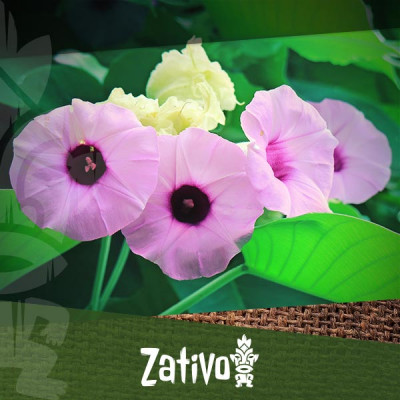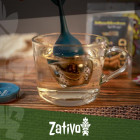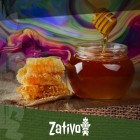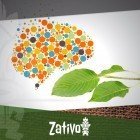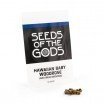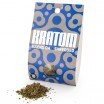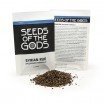Don't have an account?
Register NowYou have to add to cart at least 5 bottles or any program to make checkout.
- BlogAll You Should Know About Hawaiian Baby Woodrose
All You Should Know About Hawaiian Baby Woodrose
Published: August 9th, 2019
Categories:
Plants and Seeds
The plant kingdom boasts a variety of psychedelic species that offer a range of psychotropic experiences. Famous examples of consciousness-altering plants include the mescaline-containing cacti peyote and San Pedro, and Banisteriopsis caapi and Psychotria viridis, which comprise the DMT-containing ayahuasca brew. Apart from these more well-recognised examples, there are many other psychedelic plant species that are less known. One such plant is Argyreia nervosa, or Hawaiian baby woodrose. The seeds of this species are valued as powerful entheogens—spiritual substances that aid in personal development—and are reported to induce visual hallucinations.

HAWAIIAN BABY WOODROSE SPECIES PROFILE
Hawaiian baby woodrose is a perennial climbing vine native to the Indian subcontinent, which has been introduced to regions such as Hawaii and Africa. The species belongs to the Convolvulaceae family, and has seen use throughout human history as a medicinal plant, including in the ancient Indian medical system of Ayurveda. The root of the plant is regarded as a tonic and used to combat rheumatism and neurological disorders. Antioxidant, anti-inflammatory, immunomodulatory, adaptogenic, and hepatoprotective effects have also been identified.
Much like many other entheogenic plants, Hawaiian baby woodrose has recorded ritualistic use throughout human history. Oral histories claim that Huna shamans of Central Asia used the seeds for their psychotropic properties.
CHEMICAL CONSTITUENTS OF HAWAIIAN BABY WOODROSE SEEDS
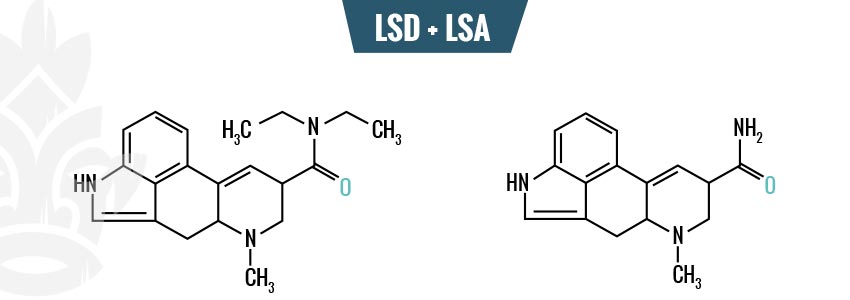
The psychedelic effects experienced when ingesting Hawaiian baby woodrose seeds derive from various ergoline alkaloids. Ergine is one such molecule, comprising approximately 0.136% of dry seed weight. Also known as d-lysergic acid amide (LSA), this alkaloid is closely related to the famed psychedelic molecule lysergic acid diethylamide (LSD). These seeds also contain isoergine, the epimer of ergine, at a quantity of 0.188% of dry seed weight, which is also reported to produce psychedelic effects.
Hawaiian baby woodrose seeds also contain lysergic acid hydroxyethylamide at 0.035% of dry seed weight. This molecule also shares a similar structure to LSD, yet its effect on humans is not presently understood by science.
THE EFFECTS OF HAWAIIAN BABY WOODROSE SEEDS
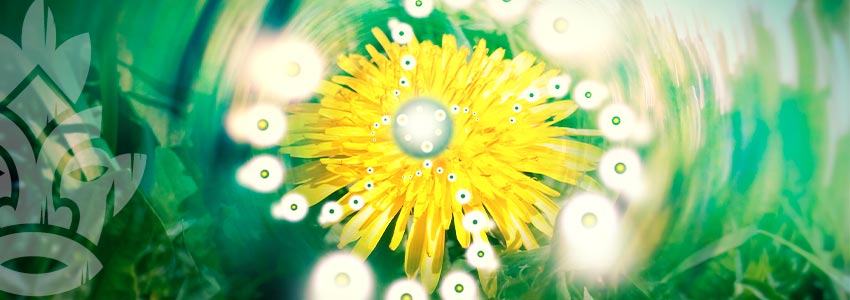
Ingesting Hawaiian baby woodrose seeds catalyses psychedelic effects similar to LSD, yet markedly less intense. The experience lasts between 6–8 hours and is defined by feelings of euphoria and inner peace. It is common to experience visual hallucinations and an altered perception of time and space.
Some trip reports discuss a similar intoxicating feeling to being drunk, yet with much brighter colours and more extreme visual distortions. Other reports claim much more stimulation as opposed to “consciousness-expanding” effects.
This intoxicating experience isn’t free of side effects. These can include nausea, vomiting, dizziness, blurred vision, sweating, and increased heart rate and blood pressure.
PREPARING THE SEEDS
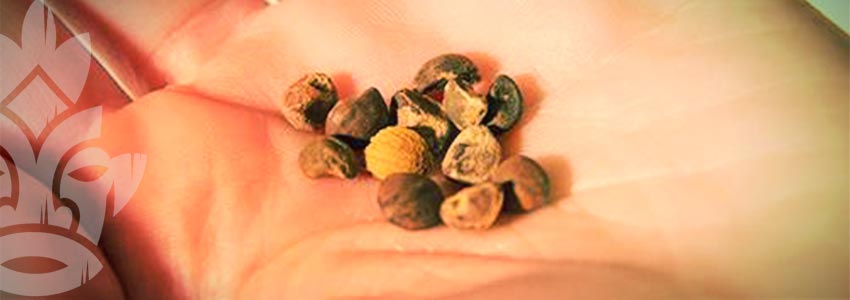
There is not enough scientific research to confirm accurate dosing information for this substance. Several factors, such as age and health, could dictate how much to take on an individual basis. The recommended general dose of Hawaiian baby woodrose seeds is 4–8 seeds. However, first-time users should consume less in order to see how their body and mind react to a new substance. The recommended general dose for beginners is 2–3 seeds.
The easiest way to ingest the seeds is to chew them. This method can be used when out and about, or if you lack the necessary processing equipment. The downside to this method is nausea caused by the husk.
Another way to consume the seeds is to make a decoction. Start by grinding the seeds using a coffee grinder or pestle and mortar, and soak in spring or distilled water for 24 hours. This helps remove toxins that can upset the stomach. Strain the liquid using a fine sieve or cheesecloth and heat to a simmer in a saucepan. When warm/hot, pour into a mug. Add stevia, honey, or sugar to taste. This preparation method takes much longer, but reduces the nausea caused by consumption.
SAFETY

Although stated to be significantly less psychotropic that LSD, LSA is still a mind-altering substance and should be treated as such. Take the conservative approach; if you are new to the substance, begin with a small dose to get used to the experience. Taking the seeds in a comfortable and familiar place with a close and trusted friend who can act as a trip sitter will ensure a much more pleasant inaugural experience.
There are also physical safety concerns to be aware of. Hawaiian baby woodrose seeds are unsafe to ingest when pregnant or breast-feeding. They should also be avoided at least two weeks before surgery as they can alter levels of serotonin, which can affect the central nervous system and vascular system in a way that could interfere with surgery. LSA may also negatively affect those with a history of, or predisposition to, psychosis.
Hawaiian baby woodrose seeds are known to have a major interaction with antidepressant drugs such as Prozac, Paxil, Zoloft, and MAOIs. Therefore, these drugs should not be taken around the same time. The seeds also have a moderate interaction with other medications such as Tramadol, Clozapine, and others.
Do your research before ingesting these seeds and consult a medical professional if you are concerned about possible interactions.

